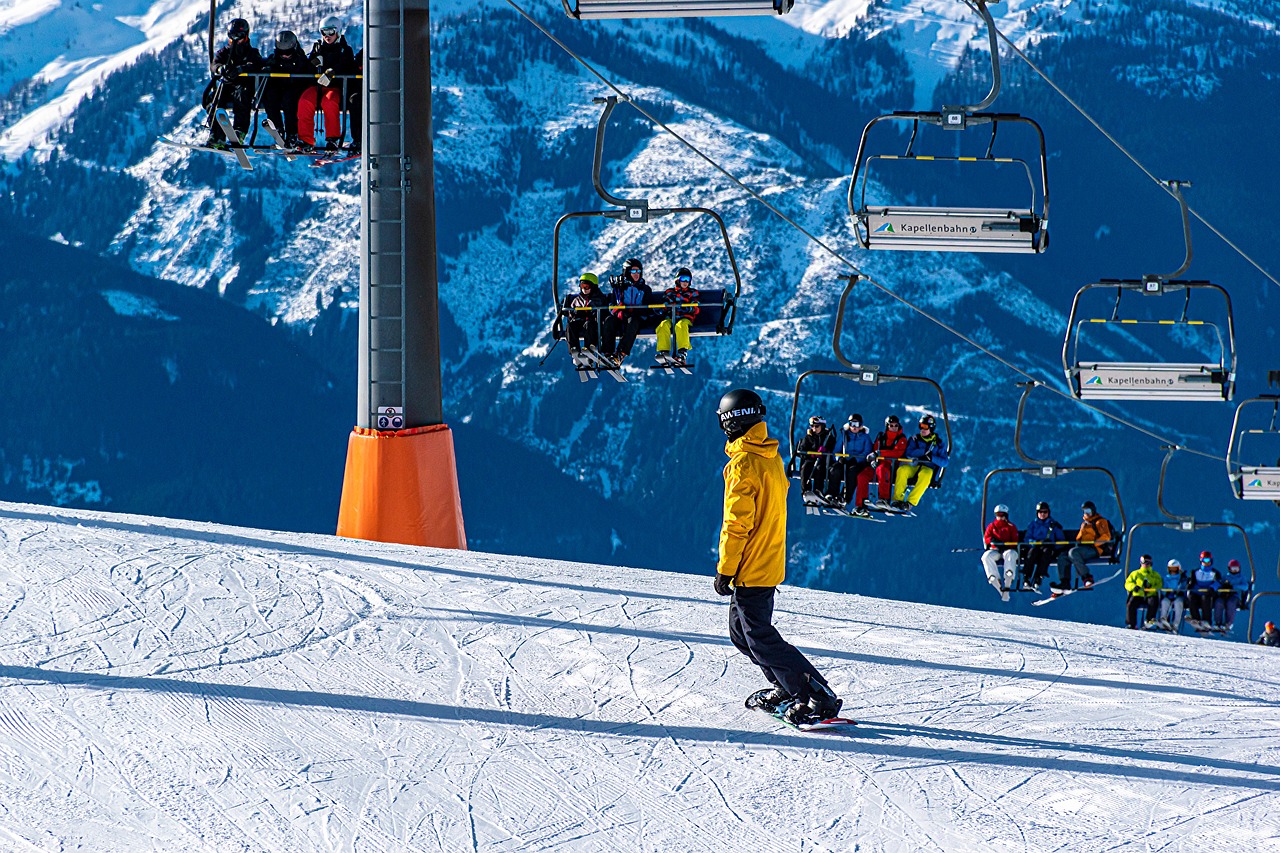From Brazil to China to Finland, UNESCO recently named 18 new geoparks around the world , a designation that recognises geological heritage of global significance.
Three must-visit European geoparksHere are three of the freshly named sites in Europe that are easily accessible for travelers looking for vacation inspiration.
Croatia - Biokovo-Imotski Lakes UNESCO Global GeoparkWhen exploring Croatia, travelers often head for the Plitvice Lakes National Park, home to a chain of 16 tiered lakes that form an eight-kilometre sightseeing circuit with breathtaking panoramic views of mighty waterfalls. With the new UNESCO designation , visitors may be pleased to find another Croatian destination of stunning natural beauty, especially as the Biokovo-Imotski Lakes are more easily accessible from Split, one of Croatias tourist strongholds (along with Dubrovnik).
Located in the heart of central Dalmatia, the Croatian geopark is described as an intersection of Mediterranean and Central European landscapes and cultures. Dominated by the Biokovo Mountain and its highest peak - St George Peak - the site is home to natural treasures such as the Vrljika River, known locally as the source of sustenance. Dont miss the Red Lake, Europes deepest karst lake, and the crystalline waters of the Blue Lake.
View this post on Instagram A post shared by Tomislav Keskic | GoToCroatia (@gotocroatia) Greece - Meteora Pyli UNESCO Global GeoparkFrom the ancient Acropolis and hikes in the Cretan wilderness to exploring the beaches of the Cyclades or the winding roads of the Peloponnese, far from tourist crowds, Greece is a destination that has plenty to offer travelers.
In fact, many already visit the 300-metre-high sandstone columns of Meteora. This geological curiosity is located in Thessaly, the region just north of Athens in the center of mainland Greece. These spectacular formations are home to the famous Byzantine monasteries, built between the 13th and 16th centuries, and adorned with 16th-century frescoes that bear witness to the regions rich artistic and spiritual heritage. These religious buildings draw many visitors to the region. Now, UNESCO has classified the surrounding area as a geopark.
Sites to explore include the fascinating Tafoni formations of Kalambaka, sculpted by millennia of honeycomb erosion patterns. To the west, the Pindos mountains offer a haven of remarkable biodiversity, as well as plenty of opportunities for outdoor enthusiasts, with their craggy peaks, alpine meadows, lush forests and winding rivers. Visitors can explore this unique landscape and discover rare botanical treasures, such as the Chalcedonian lily and the endemic chasmophyte, which thrive in the regions distinct microclimates.
View this post on Instagram A post shared by Filina Georgiadou (@filina.georgiadou) Denmark - The South Fyn Archipelago UNESCO Global GeoparkIn the context of climate change, regions with cool summer temperatures are becoming increasingly popular. This is particularly true of Denmark. Instead of a jaunt to Copenhagen or Aarhus, UNESCO may have given travelers new ideas by designating the South Fyn Archipelago as a new geopark. It is a collection of 55 islands and islets that bear witness to almost 800 000 years of geological history.
The archipelagos sailing waters are among the most beautiful in the world, and will undoubtedly delight amateur photographers. The island of Fyn is nicknamed the Garden of Denmark,reflecting the regions significant agricultural tradition. Travelers looking to connect with nature should find much to enjoy here, including hiking, sailing and even diving.
View this post on Instagram A post shared by Ilze Kulikovska (@ilze_kulikovska)










